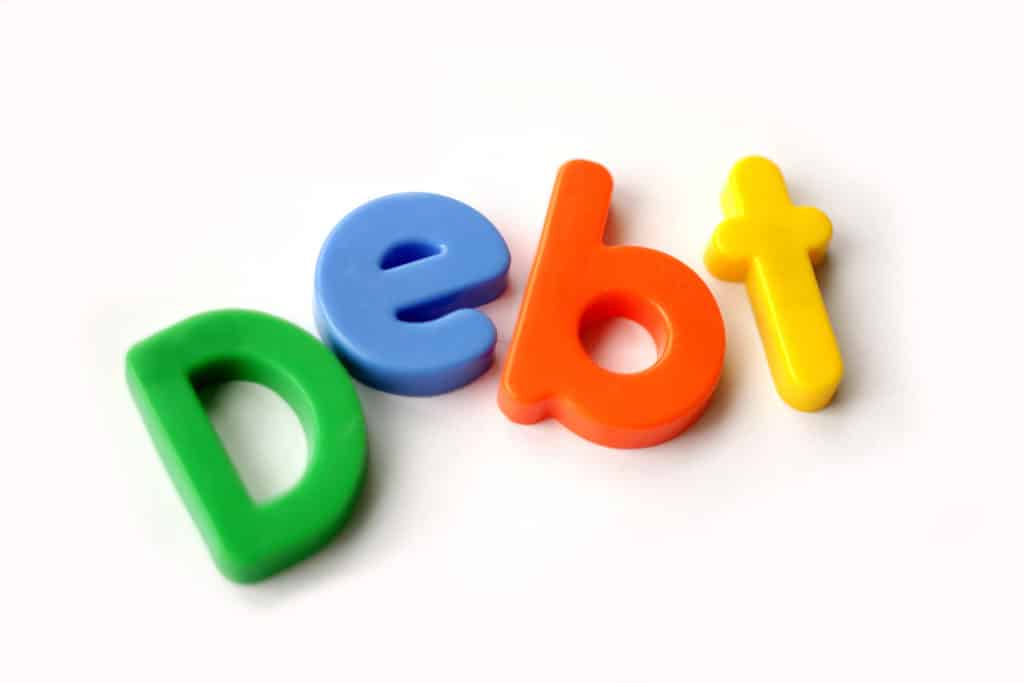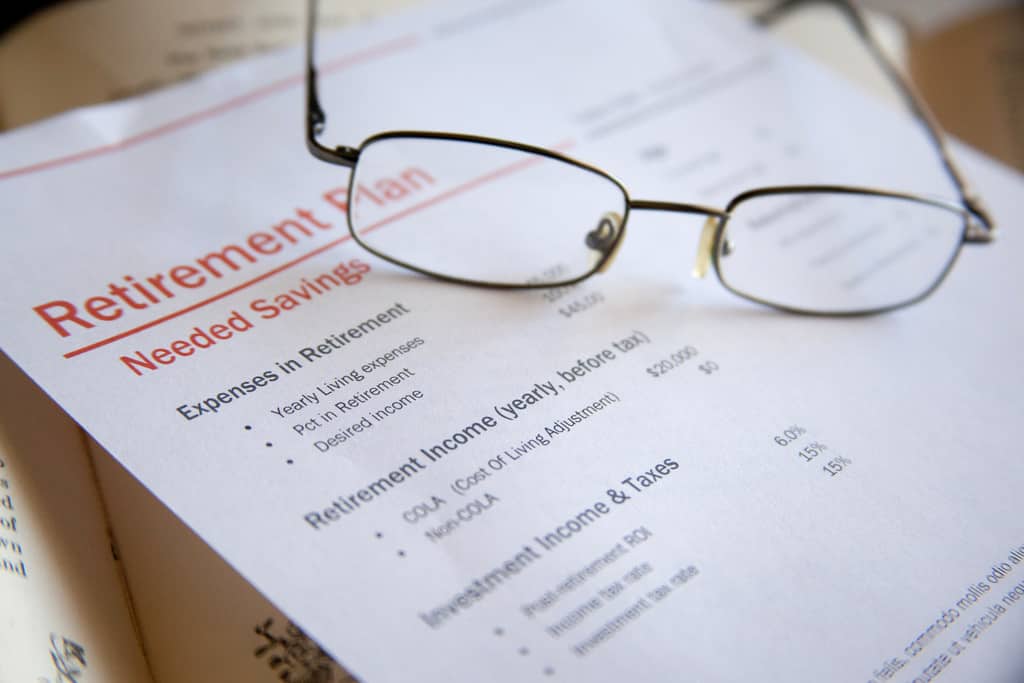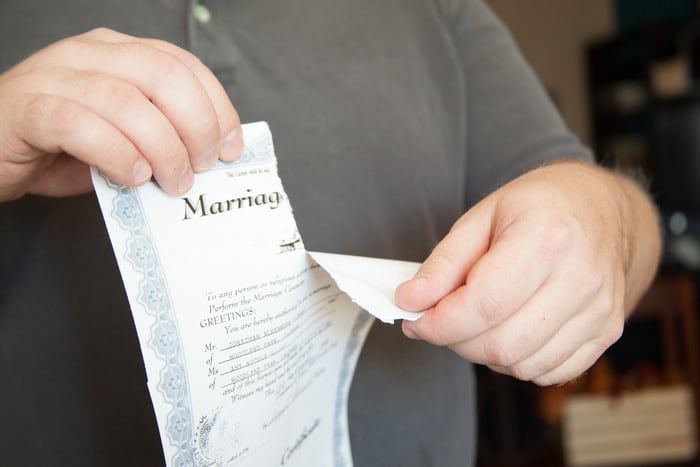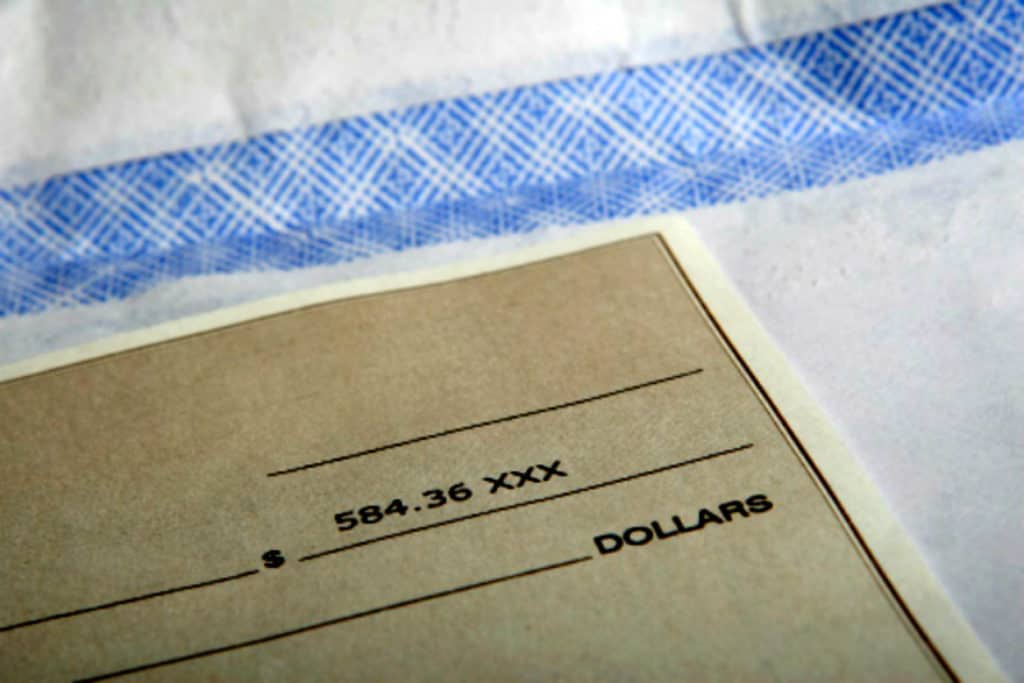[monkeytools msnip=”https://monkeyplayr.com/playr.php?u=5173&p=21671″]
Corporate restructuring proposal
I want to talk to you today about the required division one proposal Ontario documents and division 1 proposal restructuring proceedings under the Bankruptcy and Insolvency Act (Canada) (BIA). You may have heard about this section of the BIA also called Chapter 11 bankruptcy proceedings. The reason is that the corporate restructuring provisions under the BIA are in Canada under Division I of Part III of the BIA, while the corporate restructuring provisions in the United States is under Chapter 11 of the US Bankruptcy Code. We are going to focus today on the restructuring provisions under Division 1 Proposal proceedings of the BIA.
First steps
The first thing the insolvent debtor must do is hire the services of a licensed insolvency trustee (formerly known as a trustee in bankruptcy). The division 1 proposal proceedings apply to corporate restructuring or the restructuring of debt of an individual with a complex debt situation and a debt level of $250,000 or more. We are going to talk today about corporate restructuring and the Division One Proposal Ontario documents required for this process.
The first step in any corporate restructuring is for the board of directors to understand and resolve that the corporation is insolvent, that it needs to restructure under the Division 1 Proposal section of the BIA and that it needs to retain a licensed insolvency trustee to do that. The corporation working with the trustee then has a choice. It can first file what is called a Notice of Intention To Make A Proposal, which is a notice to its creditors that it will be shortly making a restructuring proposal. Or it can just file the real division one proposal itself with the licensed insolvency trustee.
Documents and process
The licensed insolvency trustee has to be satisfied that: (i) all the relevant information has been obtained; (ii) the company has a good chance of actually implementing this proposal; and (iii) the company’s cash flow is enough that it can run the business successfully and pay its ongoing debts in full through the ongoing restructuring proceedings, then the licensed insolvency trustee continues the restructuring process.
The licensed insolvency trustee will mail to all the known creditors a copy of:
- the proposal
- a statement of the company’s assets and liabilities
- a list of creditors
- a proof of claim form
- the voting letter
The meeting of creditors is then held and if the proposal is accepted by the required majority then the proposal trustee takes the proposal documentation to Court for approval. Once the proposal is accepted by the creditors and approved by the court there is now a contract between the company and its creditors about how the company is going to restructure and what amount of money is ultimately going to be paid to the creditors through the licensed insolvency trustee.
Implementation
The company then carries its proposal as it continues its operations. It carries out its restructuring business plan and hopefully is successful in turning the corner and generating profits. The company would then be saving a certain amount of its profits in cash and pays the amounts required under the corporate restructuring plan over to the licensed insolvency trustee to create the restructuring fund. The licensed insolvency trustee then makes the distribution to the creditors as called for in the proposal itself. Once all the payments have been made, the company has successfully restructured and carried on its business free from the proposal proceedings.
What if your company has too much debt – division one proposal?
If your company has more debt than it can afford to pay contact a professional trustee immediately. We’re experts in debt management and corporate restructuring and with immediate action and the right plan we can help you get your company’s finances back on track Starting Over, Starting Now. Give Ira Smith Trustee & Receiver Inc. a call today.










